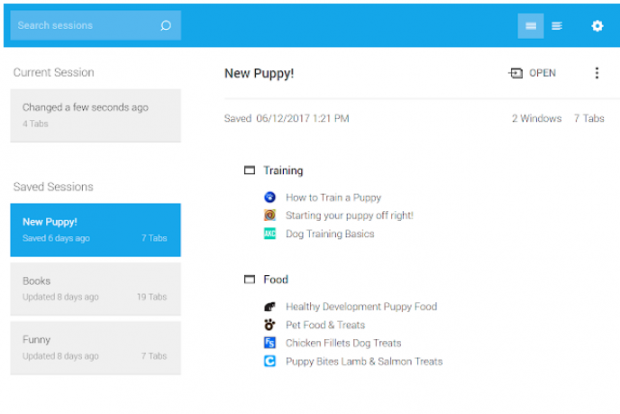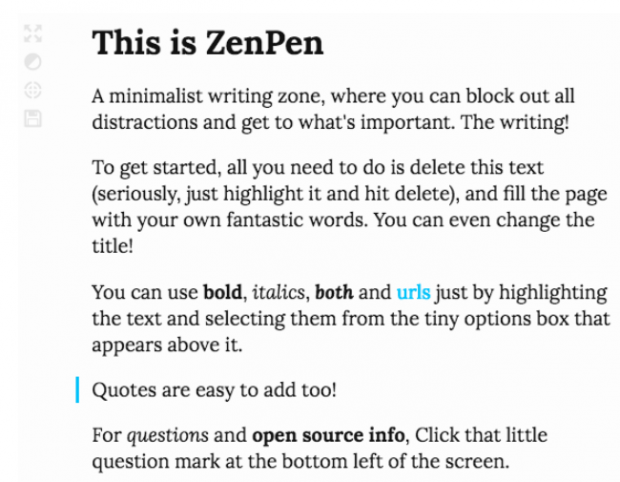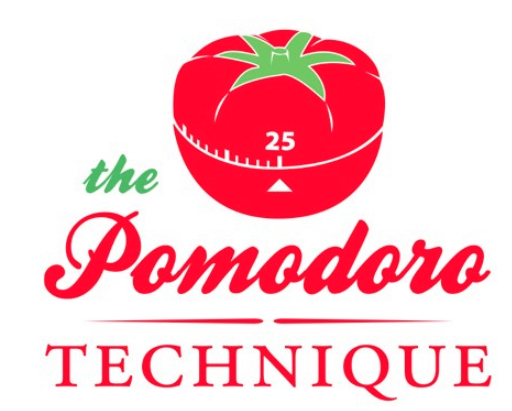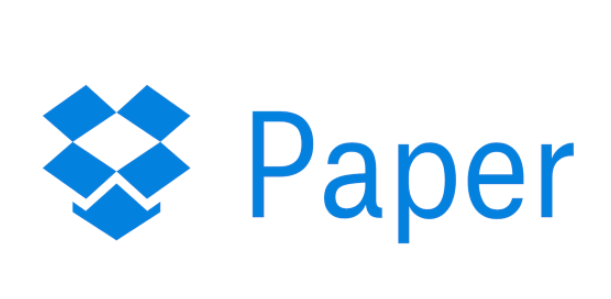There are loads of good articles about writing, including writing for social media.
Maybe it will become one of them. Whatever.
Nonetheless, this piece is different.
You’ll see.
Opinion: writing for social media is fun. These writing tips and tricks assist me to enjoy the process. And so do these writing tools.
1. Session buddy (Chrome extension)
Good for: Decreasing browser clutter by restoring windows and tabs for your writing project. In seconds.
Price: Free.
When writing, I often do web searches to search out related content or topics. These usually become input into my writing piece. I arrange browser instances and tabs within each instance. Then, place them fastidiously on the screen to move around as needed.
Now, say I should work on something else. Fine:
- Click on the session buddy icon, in the Chrome toolbar
- Name and save the session
- Close all of the windows
Now you are prepared for action on a new task. Distraction free. Without any browser clutter.
Then, when it’s time to resume that project:
- Click on the session buddy icon
- Choose and open the named session
- Everything like before, instantly
2. Hemingway app
Good for: Writing anything succinctly and clearly.
Price: Free online, $19.99 for the desktop app.
Hemingway app will make you a better writer. Period.
That whole jargon factor I complain about, all of it goes away once you write as Ernest did.
Same for long sentences, superlative adjectives, unnecessary adverbs, and passive phrases. And, with hints for alternatives.
- Write what you write
- Paste it into Hemingway app
- Visually see what works, what doesn’t
- Make your changes, to do more of what does work
- Paste back into your writing piece
Use Hemingway app usually to build your writing abilities. After a bit, you will need it less. Although I still use it usually to keep me in test. An amazing tool.
3. Markdown
Good for: Writing an easy-to-write, easy-to-read plain text format, then convert it to HTML.
Price: Depends. There is a load of editors to jot down your markdown. Some are free, others price. However not much.
Markdown permits you to write plain text for almost all of your writing projects. Discover and select a Markdown editor, for Windows, Mac or web.
Word, Google Docs, and the others of that same ilk? Oh please.
Function bloat complex to use, and restricted to a tool. No thanks.
Markdown simply works. With an easy WYSIWYG editor for italics, bolding, bullets, headers, spotlight, horizontal dividers, and quotes.
Who wants more than that?
And, instantly convert your work to HTML to publish on any platform, utilizing their already-in-place CSS formatting.
In other words… you write text, export as HTML, publish anywhere.
Not sold?
Well, try it out in your next writing piece. Simple to learn, even simpler to use.
Markdown is the only method I write nowadays. Be careful, the same may occur to you. When you’re lucky.
4. ZenPen
Good for: Distraction free writing.
Price: Free.
There is lots of clutter in life. ZenPen is one tiny corner of the distraction-free-universe that will help you write without outside interference.
- Go to zenpen.io
- Type and write
- Copy and paste, or download (via Markdown, plain text, or HTML)
- Do something stunning with your new Pulitzer-prize-like content material
5. Grammarly
Good for: Making your writing effective,, clear, and correct.
Price: Free online
Grammarly promises to keep your social posts on point. It’ll flag everything from contextual spelling errors to poor word selections. And, the tool integrates with a lot of online platforms, including Gmail, Twitter, and Tumblr.
I make up words all the time and misspell others. Not always a bad thing for getting people’s attention. As long as one is intentional about it.
Use Grammarly to transform the unintentional to the intentional.
6. Pomodoro Technique
Good for: Staying focused, for writing or anything else.
Price: Relies on the specific timer tool you select. Loads of free ones.
I know, I already mentioned this.
It’s valued another mention.
The Pomodoro Technique is a time management method developed by Francesco Cirillo in the late 1980s. It uses a timer to break down work into 25-minute intervals (normally), separated by brief breaks. Each interval is called a Pomodoro (Italian for tomato).
Cute, huh?
However, Pomodoro is more than cute for getting s&$% done.
I exploit it everywhere, particularly when writing:
- Define a section or two to jot down
- Set the timer (for 25 minutes)
- Work until it rings (and only on that task)
- Put down a checkmark on a piece of paper
- Take a brief break
- Lather, rinse, repeat
Works as a great tracker, too. For example, 4 checkmarks = about two hours for the completed effort.
I exploit an online Pomodoro timer that makes an obvious tick-tock (a kitchen timer works good, too). My wife knows not to interrupt me when in this highly-focused state.
As long as I follow up with her about the ever-growing to-do listing she came to me for.
7. Dropbox Paper
Good for: Writing and collaborating with others.
Price: Free for the individual or small enterprise. It costs for the enterprise.
Dropbox paper is my main writing, enhancing, and collaboration tool. Purchasers dig it, too. I teach them the way to use it in one minute.
- It looks and reads stunning
- Super-duper simple to jot down, distraction-free (with an easy toolbar that pops up only when text is highlighted)
- Works as web content editor, versus a doc editor (who wants line breaks anymore?)
- Write together with others, real-time
- Alert your mates, immediately, with comments off to the side
- Export and download in the frequent formats to publish elsewhere
Not much more to say. Try it yourself. I dare you.







